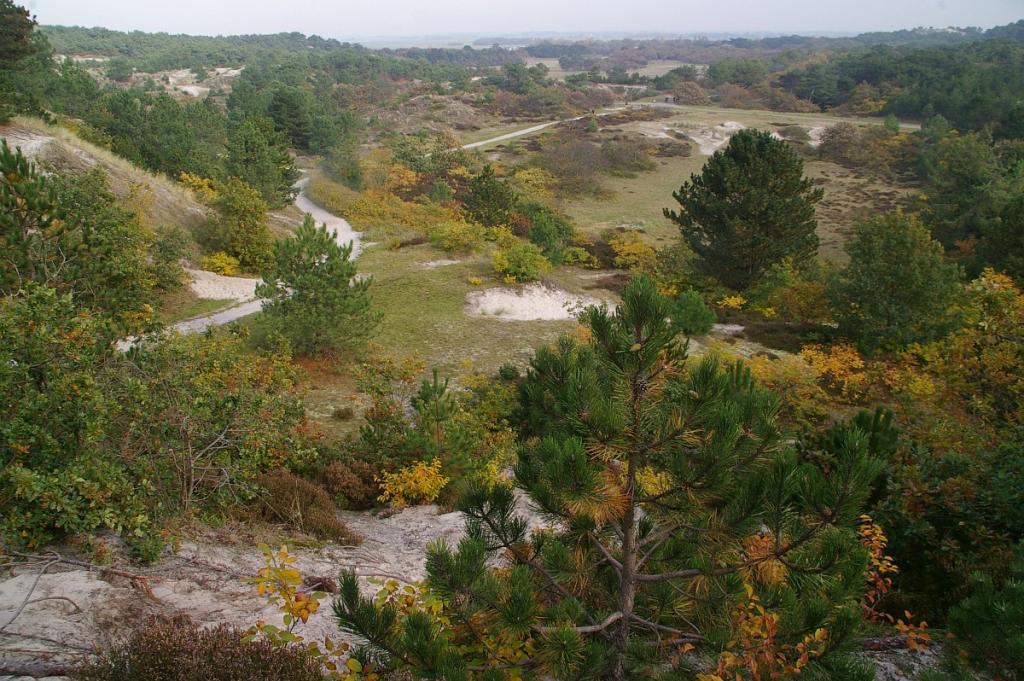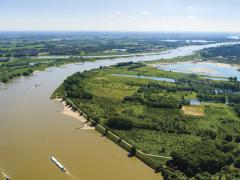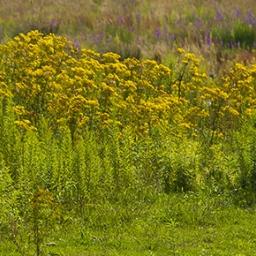Identifying the key drivers of success for Natura 2000
Although the European Union will probably not meet its biodiversity goals for 2020, EU nature policy has resulted in some improvements. Member states have reported cases of better conservation status of species and habitats. To identify the key factors and drivers for these successes, a study was undertaken by the Institute for European Environmental Policy IEEP, in which PBL participated as a subcontracter.

Identifying genuine improvements
The study departed from the Articles 12 and 17 reports from the EU Member States. The first check was ro identify genuine improvements in conservation status. That means to decide whether real progress in conservation has been made, as opposed to changes that result from better data or improved knowledge.
A next step was to identify the changes that have been triggered by intentional environmental measures, be it targeted conservation actions aimed at the habitat or species in question, or other habitats and species, or more general environmental measures (e.g. to reduce pollution).
Overall, 80 such improvements were identified for habitats and 132 for species protected under the Habitats Directive. For birds protected under the Birds Directive the figures were substantially higher: altogether 455 improvements were identified. Their incidence was nevertheless very unevenly spread, possibly due at least in part to data gaps in the Articles 12 and 17 reports. Most of the improvements were found to be in the Continental and Atlantic Biogeographical Regions, and
to a lesser extent in the Boreal Region for habitats, and the Alpine region for species. Far fewer improvements were identified for the more southerly biogeographic regions.
Case studies
From the set of genuine improvements, a subset of 50 cases were identified that were well documented, and provided enough info on the measures taken and the causes of improvements that were reported. PBL has contributed by analysing 5 of these cases in detail, on the species Varnished Hook Moss, Eurasian Otter, European Tree Frog, and the habitat types Grey Dunes and Wet Heaths. The analyses revealed specific measures that have been taken, but also governmental decisions and societal pressures that have been of influence.
Main drivers identified
The case studies identified a large variety of factors that helped to achieve genuine improvements. A main and general driver for succesful conservation is the legitimate status that selected habitats and species receive under the Birds and Habitats Directives. These provide a solid basis (and obligation) for further conservation measures and actions. Furthermore the active roles of governments, (conservation) institutions, stakeholders like land owners, and scientific research play key roles. Broad conseration measures e.g. resulting from the Water Framework Directive, have substantially improved water quality, which in its turn positively affected the conservation status of species and habitats. Funding, notably from EU's LIFE subsidies program, has contributed substantially to improvements. Lack of funding is still one of the major barriers to achieve the EU biodiversity targets.
Based on its findings, the study has drawn up an extensive list of recommendations, focussing on those issues that are most likely to result in sustainable conservation successes, and that are likely to be of sufficient magnitude and extent to improve the status of a species or habitat at the national or at least regional scale.
Authors
Specifications
- Publication title
- Identifying the key drivers of success for Natura 2000
- Publication date
- 28 February 2019
- Publication type
- Article
- Page count
- 6
- Publication language
- English
- Magazine
- EU Nature and Biodiversity newsletter
- Issue
- Februari 2019
- Product number
- 3073




